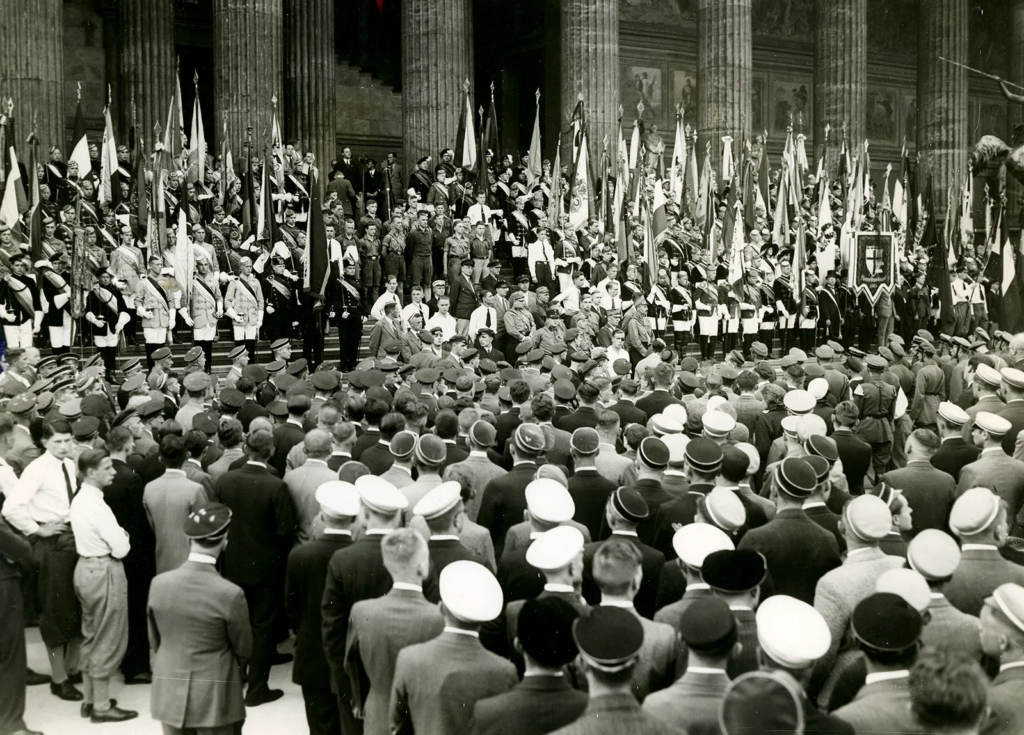Between the years 1918 and 1933, Germany were trying to recover from the damages of WWI, such as having to pay back reparations as agreed in the Treaty of Versailles. This economic disruption ultimately produced an expressionist style in German film-making. These films often having unrealistic sets and featuring exaggerated acting techniques. The shortage of funding meant these atmospheric films had to be made on small sets with low budgets.

The sets and style of the films often reflected societies feelings of anxiety caused by WWI. Social, political and cultural factors played a huge role in the shaping of German Expressionism as a movement. It was built from discontent and the rejection of modernity, rather than technique or subject matter.
